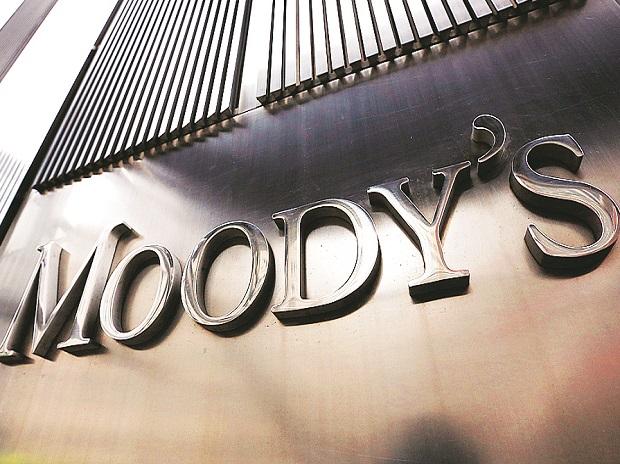New Delhi: Rating agency Moody’s Wednesday India’s fiscal deficit projections are higher than expected and slower consolidation will constrain its fiscal strength over the medium term.
The US-based agency said it expects India’s nominal GDP growth to rise to closer to 17 per cent in fiscal 2021, higher than 14.4 per cent projected in the Budget.
Moody’s Vice President and Senior Credit Officer William Foster said while the headline deficit projections are larger than the agency expected, they reflect both credible budgetary assumptions and greater transparency than in past budgets.
“The budget’s focus on higher capital spending, financial sector reform and asset sales will help stimulate growth, but implementation risks remain and slower fiscal consolidation will constrain fiscal strength over the medium term,” Foster added.
As per the glide path for fiscal consolidation announced in Budget, the government plans to bring down the fiscal deficit to 4.5 per cent of gross domestic product (GDP) by 2025-26 fiscal.
It said greater transparency on off-balance-sheet food subsidy expenditure and more conservative revenue assumptions have contributed to the government’s higher deficit number for fiscal 2020. India has budgeted a fiscal deficit of 9.5 per cent of GDP for the current fiscal ending March.
“We believe the final number could be lower, based on stronger revenue generation during the fourth quarter of fiscal 2020 (ending March 31, 2021),” Moody’s said in a note.
The fiscal deficit for 2021-22 fiscal beginning April 1 has been pegged at 6.8 per cent.
In the note titled ‘India’s budget to drive broad economic growth, but fiscal consolidation prospects remain weak’, Moody’s said “the government’s relatively conservative nominal GDP growth assumption of 14.4 per cent for fiscal 2021 creates potential for stronger fiscal outcomes than it currently forecasts. We expect India’s nominal GDP growth to rise to closer to 17 per cent in fiscal 2021 (ending March 31, 2022)”.
Moody’s said the financial sector will undergo some credit positive reform under the new budget. Banks will benefit from the establishment of an asset reconstruction company to resolve legacy problem loans, and public sector banks additionally from a Rs 20,000 crore capital infusion.
Tax incentives and other measures to increase consumption are credit positive for non-financial companies, with stronger demand in the housing and automobile sectors to carry over to other sectors such as steel, it added.
Moody’s believes Rs 1.75 lakh crore disinvestment target is achievable, based on its expectation of strengthening economic conditions and relatively supportive financial markets, but it will be subject to significant implementation risk.
PTI
